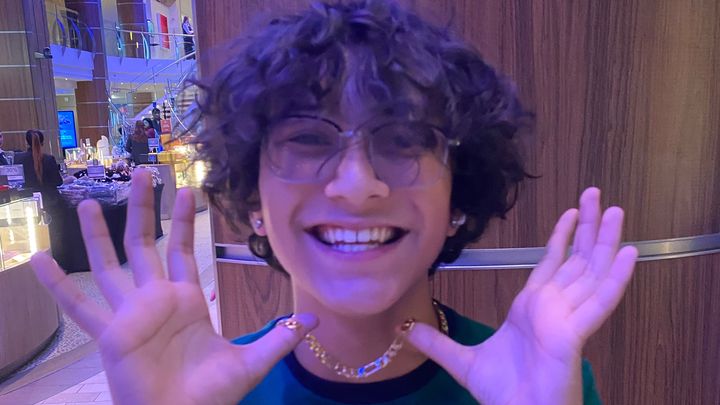Help animals in danger find a home
Want to join me in making a difference? I'm raising money to benefit the Dr. Jane Goodall Institute to raise awareness of animal endangerment.
Currently, there are a lot of species in danger of going extinct. one of them being chimpanzees. Some other animals that Dr. Jane Goodall is trying to help save include: The giant panda, orangutans, gorillas, chimpanzees and elephants. There are many more endangered species and these are just some of them.
Your donation will be going towards helping animals not go extinct and find better habitats to live in. Again, I thank you for your contribution and I suggest that you check out Dr. Jane Goodall's Institute for much more information about the endangered animals provided.
Any donation will help make an impact and go directly to the Jane Goodall Institute. Thank you for your contribution.
-Thanks, Aidan Bart.
More information about the Jane Goodall Institute: The Jane Goodall Institute is a global community conservation organization that advances the vision and work of Dr. Jane Goodall. By protecting chimpanzees and inspiring people to conserve the natural world we all share, we improve the lives of people, animals and the environment. Everything is connected.Everyone can make a difference.
About Dr. Jane Goodall:
Dr. Jane Goodall was born in 1934 in England. In her early life, Jane didn't know what she wanted to do but when she became a teenager she clearly knew what she wanted. She always liked to observe animals and was really interested in going to Africa to study wildlife but she faced many hardships that she had to overcome before she was given a break and got to Africa. Because she got that break she became the most famous primatologist, ethologist and anthropologist, who studied the behavior of animals for over 60 years.
Jane grew up having a fascination for animals but her journey was going to be difficult. When Jane got to college she didn't have any money so she made it by being a waitress and a production assistant in documentaries. Jane clearly knew what she wanted to do but that would mean having to do anything to get to Africa. Jane made her breakthrough when she finally got enough money to go to Africa. By luck she met Louis Leakey, a scientist who studied prehistoric humans. He was impressed with Jane's knowledge of Africa and hired her as his secretary. Jane's real passion wasn't to be a secretary but she knew she had to go along with it if she wanted to study animals.
After she was hired as a secretary, Louis Leakey started to study monkeys and apes. Jane didn't have much to study with but she was determined and was interested in animals and how they function similar to humans. After many hours with chimps, Jane started falling in love with them. After lots and lots of studying, she made her biggest discoveries about the behavior of chimps, which was that they functioned similar to humans. This was another breakthrough moment because it was when she first encountered chimps and found out how they function. Following up on Jane's most famous discovery she observed how chimps used the tools around them to function and grow.
What is most interesting about Jane is how she really went through some hard times when she didn't have that much money and she couldn't get a good education. But after all that it just made her more determined to find her passion. Jane’s fascination with and interest in chimps made her want to study them more. She was funded by the National Geography association to learn more about chimps. She then discovered that chimps have a complex social hierarchy. They also have different feelings like compassion and cruelty. Overall Jane found them to be similar to humans, along with the fact that they were now an endangered species. This caused Jane to create conservation organizations like the Dr. Jane Goodall Institute and roots and shoots. Jane has changed the way that we look at animals and the way we study them.
Dr. Jane Goodall talks about how chimpanzees are just an example of many species that are going extinct, how the habitats they are living in aren't suitable for them and how they are dying by the thousands each year.
"Wild chimpanzees has dropped from an estimated one – two million (probably closer to two million), to as few as 350,000, many of them living in fragmented patches of forest with little hope of long term survival. This is only one example of the decline in the population of a species." -Jane Goodall 2018



